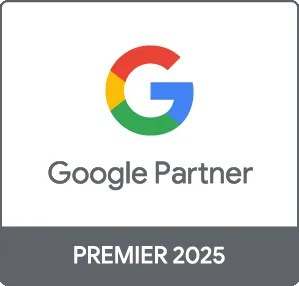Google Ads campaigns can be incredibly powerful for driving targeted traffic to your business, whether you're a small local shop or a large national brand. When executed well, they can lead to increased brand awareness, more leads, and greater sales. This guide will cover the essential steps to create and manage effective Google Ads campaigns that meet your business objectives.
Understanding Google Ads
Google Ads is an online advertising platform where businesses can create ads to display on Google's search engine results pages (SERPs) and across Google's display network. The platform operates on a pay-per-click (PPC) basis, meaning you only pay when someone clicks on your ad.
1. Define Your Goals
The first step in creating an effective Google Ads campaign is to determine what you want to achieve. This may include:
- Increasing Website Traffic: Attract potential customers to your website.
- Generating Leads: Use forms or calls to action to convert visitors into leads.
- Driving Sales: Promote products with the aim to generate purchases.
2. Conduct Keyword Research
Keywords are the backbone of your Google Ads campaigns. Use tools like Google Keyword Planner to identify:
- High-Volume Keywords: Focus on keywords that your target audience is likely to search.
- Long-Tail Keywords: Use more specific phrases that can help you reach users further down the buying funnel.
- Negative Keywords: Exclude keywords that are irrelevant to your products or services.
3. Create Targeted Ads
Your ad copy should be compelling and directly related to the keywords you are targeting. Remember to include:
- Strong Headlines: Capture attention quickly.
- Clear Call to Action: Encourage users to click (e.g., “Shop Now”, “Get a Free Quote”).
- Ad Extensions: Utilize ad extensions to provide more information and increase your ad's real estate on the SERP.
4. Set Your Budget and Bids
Determine how much you want to spend on your campaigns:
- Daily Budget: Decide how much you’re willing to spend each day.
- Bidding Strategy: Choose a bidding strategy that aligns with your goals, whether it's manual CPC, maximized conversions, or target CPA.
5. Monitor and Optimize Your Campaigns
Once your campaigns are live, it’s vital to monitor their performance. Use metrics like click-through rate (CTR), conversion rate, and quality score to analyze:
- Identify underperforming ads and make necessary adjustments.
- Test different ad variations (A/B testing) to optimize results.
- Refine your keyword lists based on performance data.
Conclusion
Creating effective Google Ads campaigns requires careful planning and ongoing management. By defining your goals, conducting thorough keyword research, creating targeted ads, setting a realistic budget, and continuously optimizing performance, you can make the most of your advertising budget. At Prebo Digital, our team of professionals is ready to help you create campaigns that drive results. Contact us today for a consultation!





